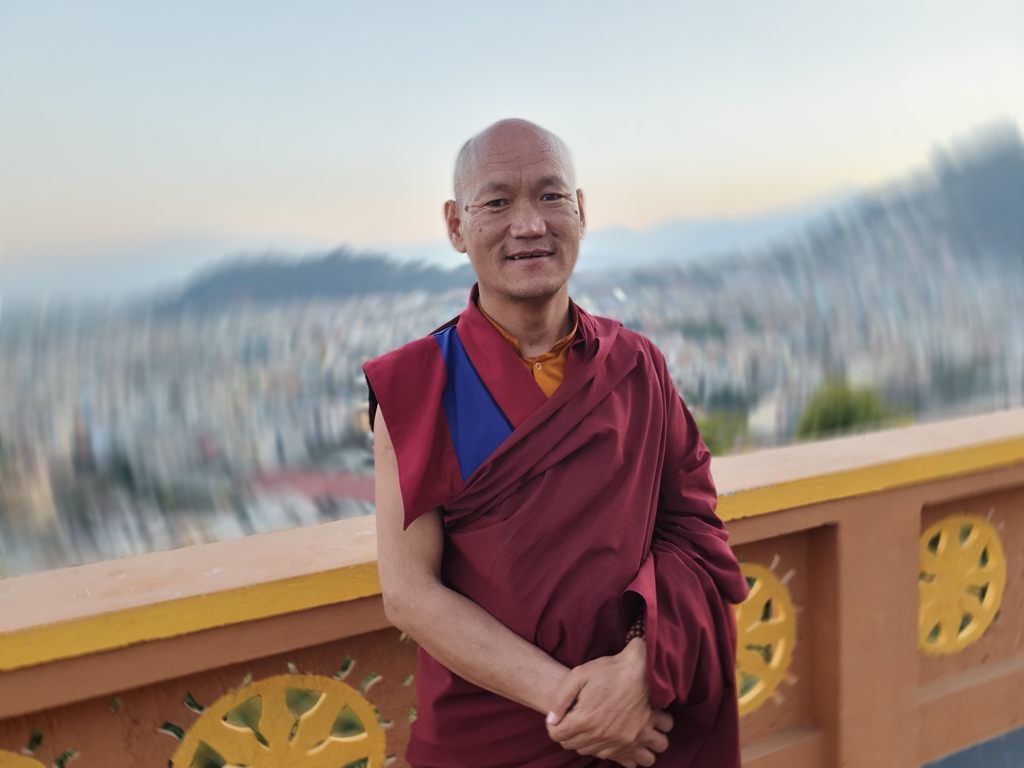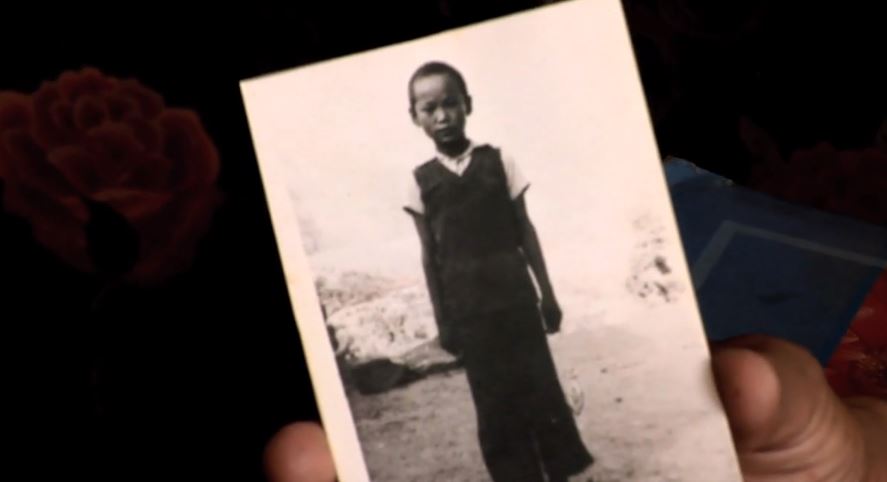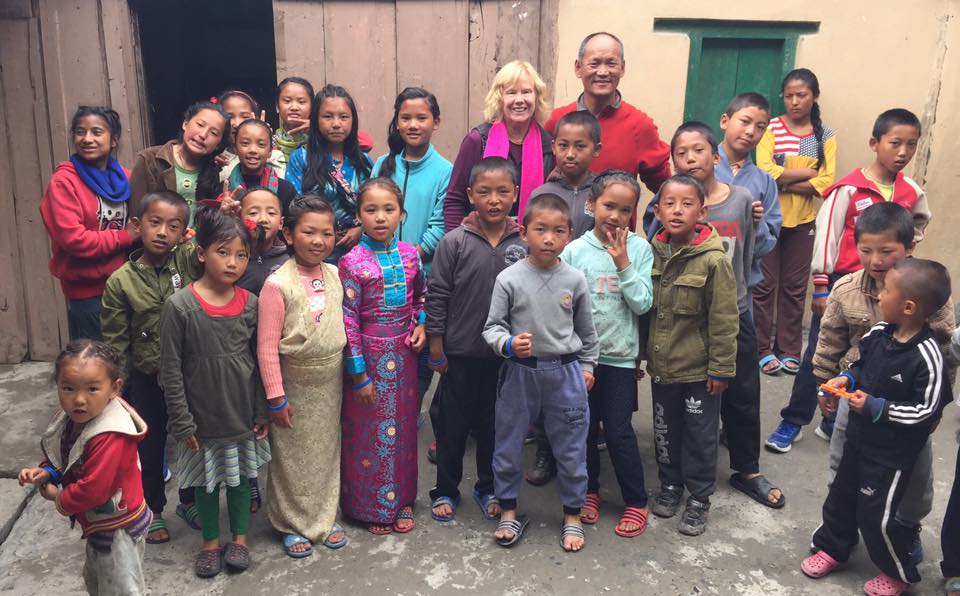Geshe Sonam Gurung: I returned to my Mustang to help children there

Geshe Sonam Gurung comes from Mustang where Bonpo communities have lived since ancient times. He studied at Menri monstery in Dolanji, India, and then returned to his native land. There, he takes care of children from poor families who are gradually losing their own culture, with the aim of reversing the trend.
Geshe Sonam, can you tell us something about your own journey into education?
My parents wanted me to become a monk. Monks are held in high esteem in our country and have the opportunity to get an education, so I did not oppose the idea. In 1981, when I was nine years old, I went from Nepal to Menri monastery in India where I could get full monastic education and training. I arrived there, accompanied by adults, after five days of walking and another three days of travelling by bus. The late abbot of the monastery, 33rd Menri Trizin His Holiness LungtokTenpai Nyima sent me to a regular school that the monastery had set up for children from the Tibetan community. After graduating from the school, at the age of nineteen, I took my monastic vows and began studying at the monastery’s Dialectic School.
How many years did it take you to complete your studies?
Fourteen years. I graduated in 2014.
Were the studies difficult?
Yes, the daily schedule was very intense. The core of the curriculum is Buddhist philosophy, but besides that, we studied classical Tibetan language, Tibetan medicine, astrology…
Did everyone in your class graduate?
No. There were about twelve or thirteen of us starting out, but, for various reasons only four finished. Some got sick, some had to go back to their home villages.

You eventually returned to Mustang too. Did you plan that?
Many graduated monks return to their home monastery if there is any, in their area. But this is not my case, there is only a small temple in my village, not a monastery. Other monks stay at Menri monastery and work there, after receiving their geshe degrees. They become teachers or engage in the administration of the monastery. I had the advantage of being able to speak English which I learned at school, and I ran the guesthouse in the monastery for a while. I also started teaching, both monks and Western students. Then, His Holiness came up with the idea to revive the local bonpo community in Mustang. Yungdrung Bon used to have important centres there, many sacred texts were preserved in the area. But now the people in the mountains are losing their culture and traditions.
So you went back home….
Yes. We have set up a cultural and educational centre for children from poor families and orphans here in Jomson. I am responsible for forty children approximately. We take care of their education but also their psychological well-being, we try to offer them a second home. In poor families there is sometimes alcoholism or difficult family relations.
The migration of children from Nepal’s mountain valleys in search of education (to schools and monasteries) is a unique phenomenon. 75% of Mustang children aged 10-19 have left their home villages and live in monasteries and boarding schools located at least a few days’ walk away. Their parents also send them straight to Nepal’s capital, Kathmandu, or from Mustang to the next big city, Pokhara. Over the last twenty years, these numbers have more than doubled for boys, and for girls, who have traditionally stayed more at home, the increase in outmigration for education has even multiplied (from the study Depopulating the Himalayan Highlands: Education and Outmigration From Ethnically Tibetan Communities of Nepal, 2014).
What do you teach to the children?
The local schools teach them Nepali and sometimes English, which is fine, we’re in Nepal, Nepali is important, as it is English, for communication with foreigners. In addition to it, I teach the children reading and writing in their mother tongue and some elements of their ancestral culture. I also teach them the basics of meditation. This is the best way to keep our tradition alive: to encourage children and young people to develop into harmonious beings.
I plan to build a monastery so that we can receive visitors and help from other learned monks. At the moment they have no place to stay.
What is life like for you in the mountains?
It’s quite hard, just like for the rest of the people in this region. But I was prepared for it. What I learned at the monastery helps.
Geshe Sonam Gurung’s “Mustang Culture and Education Centre” is based in Jomsom, a small town at 2,743 metres above sea level where many trekking routes start, including the popular Annapurna circuit.
